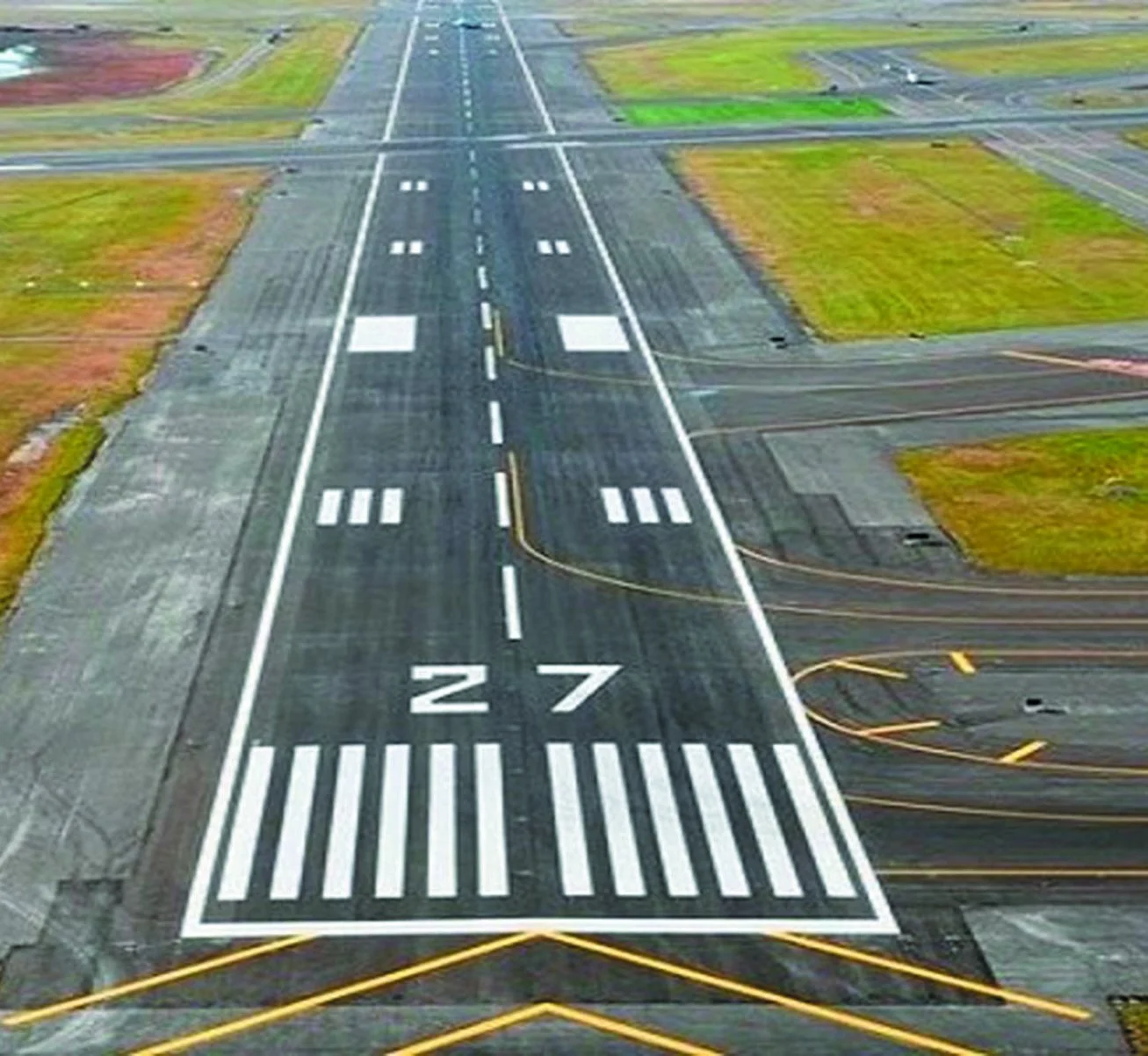
Runway Markings Guide
Discover the importance of understanding runway markings, which guide pilots during takeoffs, landings, and taxiing.
Aircraft designers and manufacturers perform flight tests to help determine performance limitations of aircraft. The resulting flight test data is used to help determine specific best practice speeds for safe operation of the aircraft.
Recommended Airspeeds (V-Speeds) are published and these airspeeds are relied on for best performance and safety of the aircraft. Pilots should be knowledgeable about the published V-Speeds for each type and configuration of aircraft they fly.
V-speeds may vary depending on factors like aircraft weight and weather, but their designations (e.g., VR) remain consistent. You might come across other V-speeds online that aren’t listed here, as some are specific to particular manufacturers.
You may also encounter V-speeds that begin with an “M” instead of the usual “V” (e.g., MMO instead of VMO). This indicates that the speed is defined using a Mach number, which is the ratio of the aircraft’s speed to the speed of sound.
V-Speed | Description |
VA | Design maneuvering speed. |
VB | Design speed for maximum gust intensity. |
VC | Design cruising speed. |
VD | Design diving speed. |
VDF | Demonstrated flight diving speed. |
VEF | Speed at which the critical engine is assumed to fail during takeoff. |
VF | Design flap speed. |
VFC | Maximum speed for stability characteristics. |
VFE | Maximum flap extended speed. |
VFTO | Final takeoff speed. |
VH | Maximum speed in level flight with maximum continuous power. |
VLE | Maximum landing gear extended speed. |
VLO | Maximum landing gear operating speed. |
VLOF | Lift-off speed. |
VMC | Minimum control airspeed with the critical engine inoperative. |
VMO | Maximum operating limit speed. |
VMU | Minimum unstick speed. |
VNE | Never-exceed speed. |
VNO | Maximum structural cruising speed. |
VR | Rotation speed. |
VREF | Reference landing speed. |
VS | Stalling speed or minimum steady flight speed at which the airplane is controllable. |
VS0 | Stall speed in the landing configuration. |
VS1 | Stall speed in a specific configuration (e.g., ‘clean’ configuration). |
VSR | Reference stall speed. |
VSR0 | Reference stall speed in the landing configuration. |
VSR1 | Reference stall speed in a specific configuration. |
VSW | Speed at which onset of natural or artificial stall warning occurs. |
VTOSS | Takeoff safety speed for Category A aircraft. |
VX | Speed for best angle of climb. |
VY | Speed for best rate of climb. |
V1 | Takeoff decision speed. |
V2 | Takeoff safety speed. |
V2min | Minimum takeoff safety speed. |

V-Speed | Description |
VLE | Maximum landing gear extended speed. |
VLO | Maximum landing gear operating speed. |
VLOF | Lift-off speed. |
VNE | Never-exceed speed. |
VNO | Maximum structural cruising speed. |
VR | Rotation speed. |
VS | Stalling speed or minimum steady flight speed at which the airplane is controllable. |
VS0 | Stall speed in the landing configuration. |
VX | Speed for best angle of climb. |
VY | Speed for best rate of climb. |
V1 | Takeoff decision speed. |
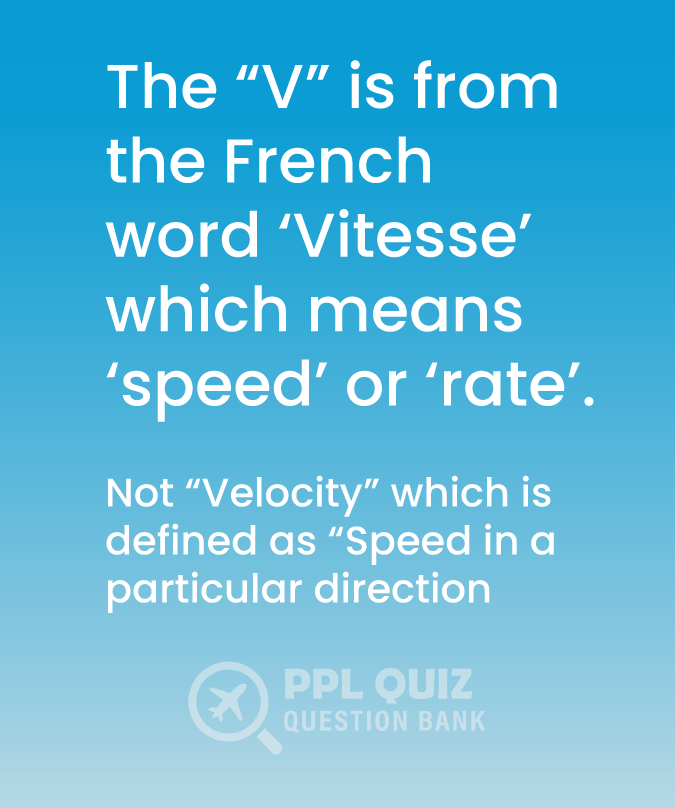
This speed is essential for short-field takeoffs, especially when there are obstacles to clear immediately after liftoff. You should practice climbing at VX regularly, as it is a critical skill.
Compared to VX, you’ll use more horizontal distance, VY is also the speed where you have the biggest difference between power required and power available.
VNE represents the maximum speed at which the aircraft should be flown in calm air. Going beyond this speed can lead to dangerous and uncontrollable flutter, potentially resulting in severe or even catastrophic structural damage to the aircraft.
While aircraft designers include a small safety margin, it’s crucial not to depend on, or test that limit. VNE stands for Velocity Never Exceed.
At or below VA, if a full deflection occurs, the aircraft will stall before any structural damage happens. However, it’s important to avoid fully deflecting any flight control above this speed.
VA is not a constant value; it changes with the aircraft’s weight. As the aircraft’s weight decreases, so does VA , it increases with more weight.
If you’re above VNO (in the yellow arc or “caution range”) and you encounter air that is not smooth, you could cause damage to the aircraft.
For example, if you encounter turbulence, the “bumps” you experience will increase the load factor. If you fly above VNO in these conditions, the increase in load factor could damage the aircraft’s structure.
A related speed is VLO, or maximum landing gear operating speed, the speed above which you cannot extend or retract the landing gear.
VLO is typically lower than VLE due to the aerodynamic forces exerted on the landing gear during extension or retraction
However, it’s important to remember that an aircraft can stall at any speed. A stall occurs when the critical angle of attack is exceeded, regardless of the airspeed. For example, even if a pilot is descending at a high speed, suddenly pitching up could cause the aircraft to exceed the critical angle of attack, leading to a stall, even though the airspeed is far above VS .
While a stall can occur at any speed, it is most likely to happen at VS in normal flight conditions.
– **VSO**: Stall speed in the landing configuration (flaps and landing gear extended)
– **VS1**: Stall speed in a specified configuration (e.g., clean configuration with flaps and gear retracted)
The difference between stall speed with flaps deployed versus retracted is substantial, which is why they are categorized separately.
Finally, the stall speed for each aircraft is determined by the manufacturer.
Testing for stall speed is done with the throttle closed and the aircraft at its maximum takeoff weight.
This means that if you are flying at a lower weight or with the throttle open, your stall speed may be lower than the figure listed in the Pilot’s Operating Handbook (POH).
In fact, you may have already encountered these speeds during flights without even realizing it.
Build on this knowledge and understand the relevant V-Speeds for you aircraft type.
Like what you see? Access all of our learning materials and Question Banks.

Discover the importance of understanding runway markings, which guide pilots during takeoffs, landings, and taxiing.
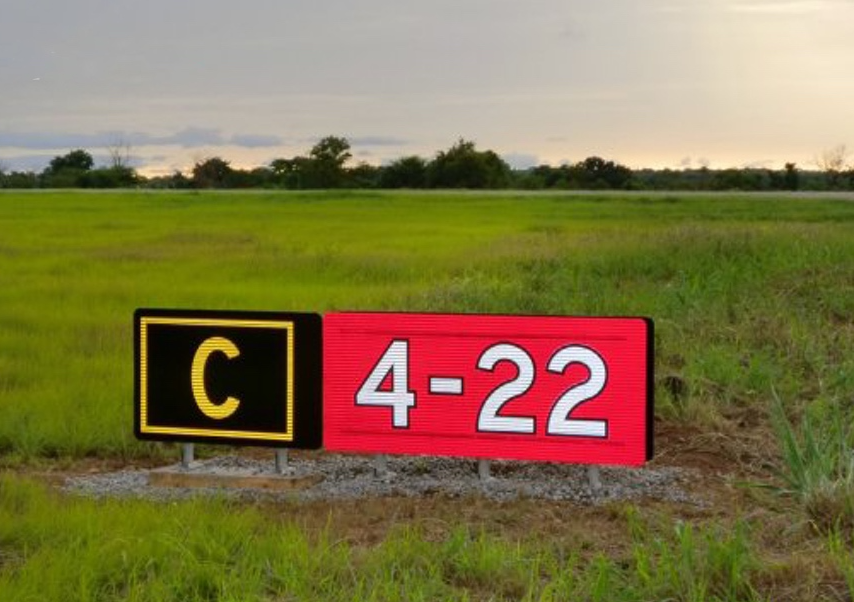
Know your airfield signs! Not being familiar with standard visual aids can be very stressful, especially when visiting a new aerodrome.
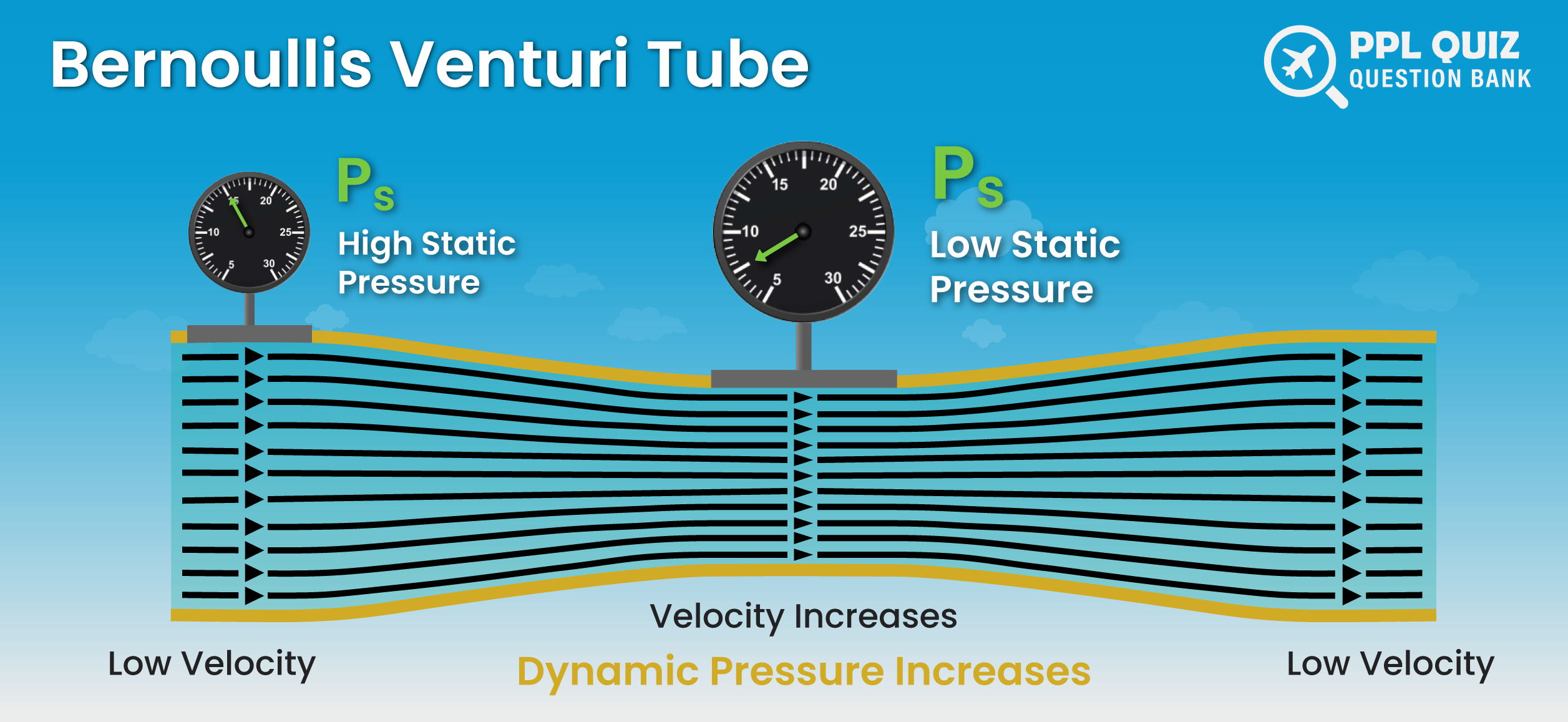
A Guide to Understanding Bernoulli’s Principle and how it helps explains lift, with Lots of images to help you visualise the principle.
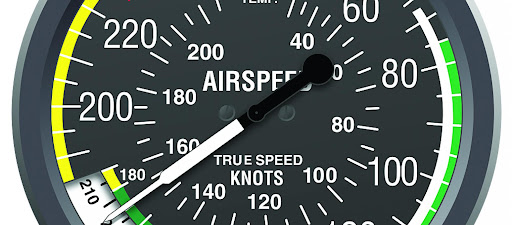
We’ll break down everything you need to know about V-speeds, plus we’ve put together a convenient list so you’ll never have to search for them again!
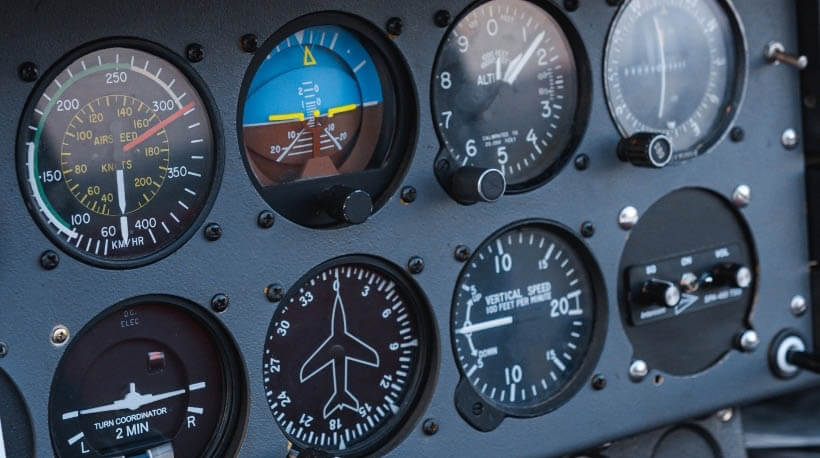
What is the aviation Six Pack? We take an in-depth look at the 6 core instruments a pilot uses to safely navigate and fly an aircraft.